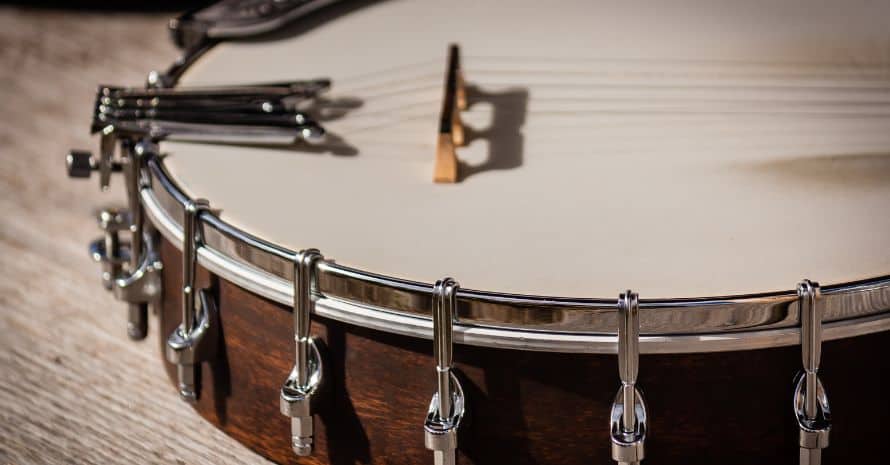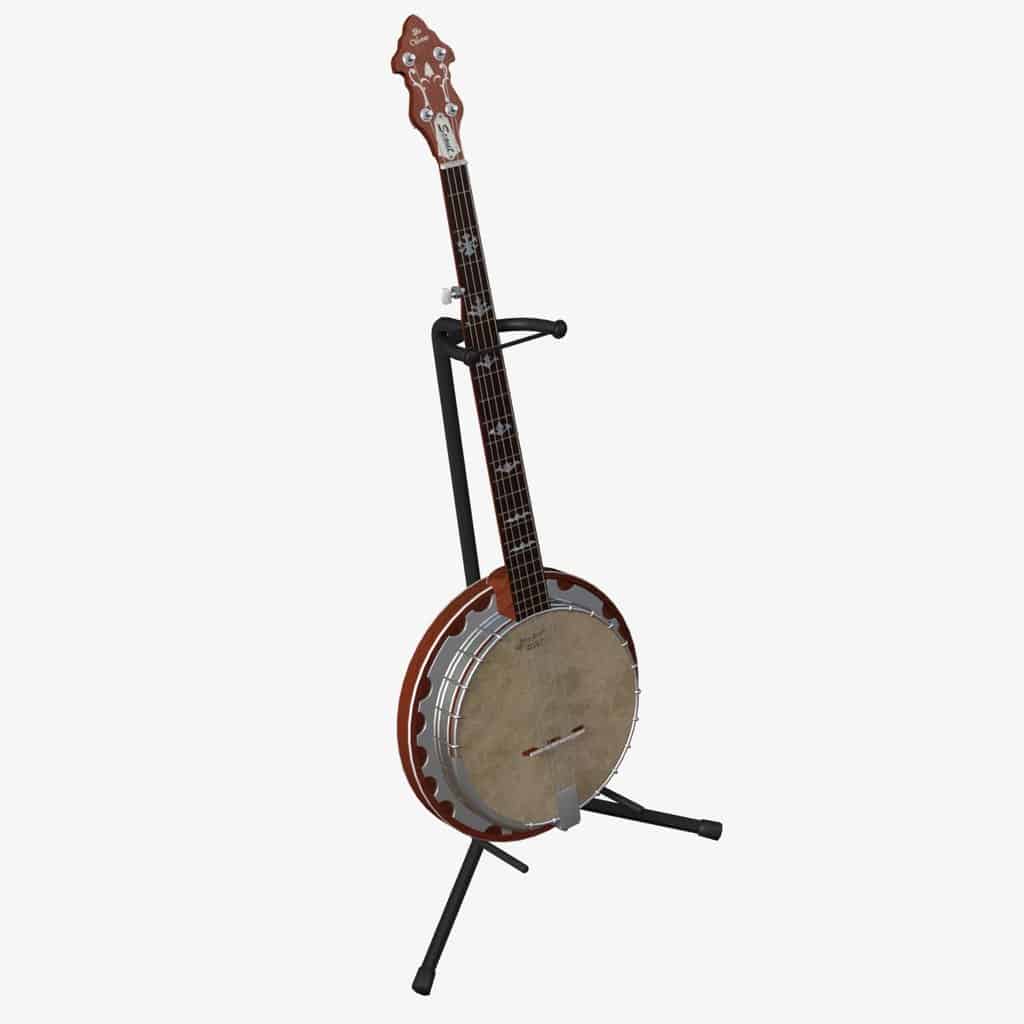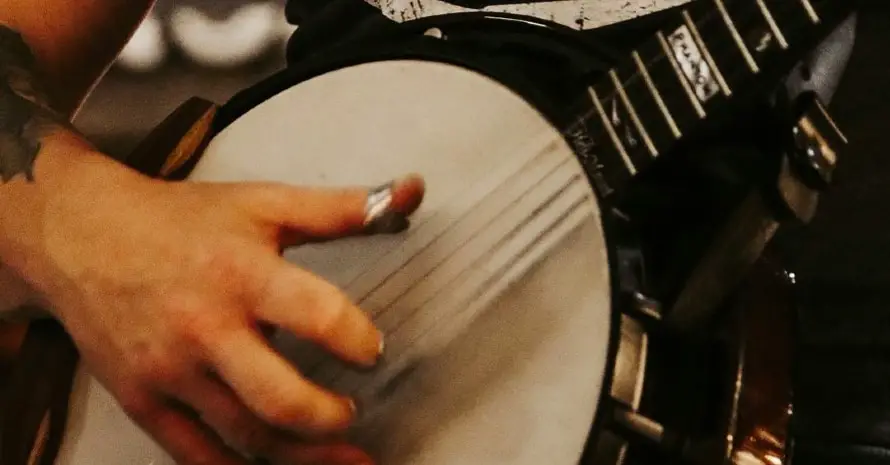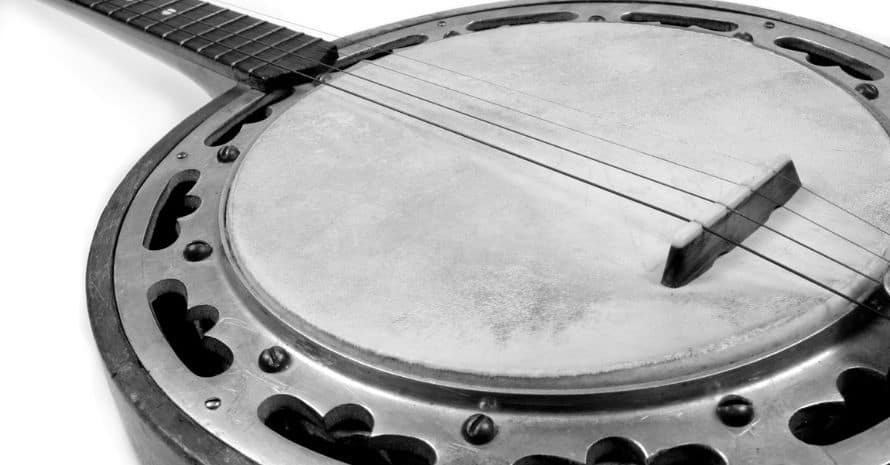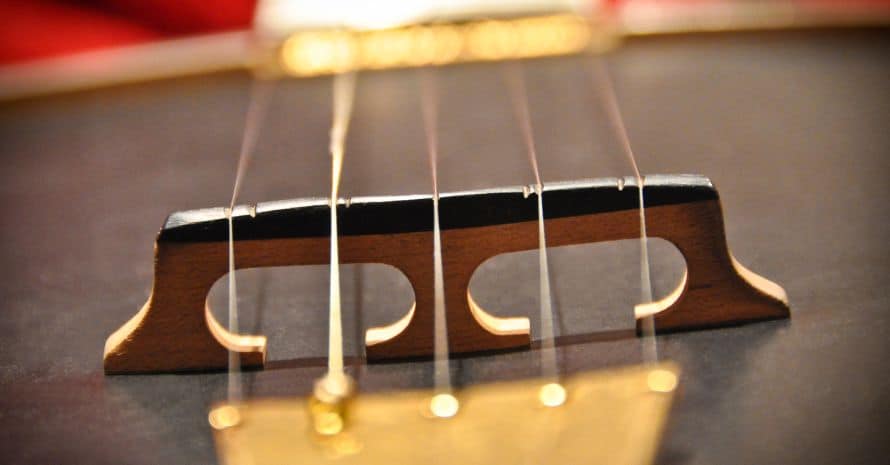Choosing the right banjo can be a daunting task, especially for beginners. With so many options available, it’s easy to get overwhelmed. However, by considering a few key factors, you can find the perfect banjo to suit your needs. In this article, we will explore the different types of banjos, the materials used in their construction, and the various features that can affect their sound and playability.
Types of Banjos
The first thing to consider when choosing a banjo is the type of instrument that will best suit your needs. Here are some of the most common types of banjos:
Five-String Banjos
The five-string banjo is the most recognizable type of banjo and is commonly used in bluegrass and folk music. It has a distinctive sound that is both bright and twangy.
Four-String Banjos
Four-string banjos are often used in jazz and Dixieland music. They have a more mellow sound than five-string banjos and are easier to play because they have fewer strings.
Six-String Banjos
Six-string banjos are tuned like guitars and are often used by guitar players who want to add a banjo-like sound to their music. They have a fuller sound than five-string banjos and are great for rock, pop, and other contemporary styles.
Materials
The materials used in the construction of a banjo can greatly affect its sound and playability. Here are some of the most common materials used in banjo construction:
Wood
Wood is a common material used in banjo construction. The type of wood used can affect the instrument’s tone and resonance. Maple is a popular choice for banjo rims because it produces a bright, snappy sound. Mahogany is often used for banjo necks because it has a warm, rich tone.
Metal
Some banjos have metal rims, which produce a brighter, more metallic sound than wooden rims. Metal rims are also more durable than wooden rims and are less susceptible to changes in temperature and humidity.
Plastic
Plastic is often used for banjo resonators, which amplify the instrument’s sound. Plastic resonators are less expensive than wooden or metal resonators and are also more durable.
Features
There are several features that can affect a banjo’s sound and playability. Here are some of the most important features to consider:
Resonator
A resonator is a piece of wood or plastic that amplifies the sound of the banjo. Resonator banjos have a brighter, louder sound than open-back banjos, which do not have a resonator.
Tone Ring
The tone ring is a piece of metal or wood that sits on top of the banjo rim and affects the instrument’s tone. Different tone rings produce different sounds, so it’s important to choose one that suits your style of playing.
Bridge
The bridge is the small piece of wood or plastic that supports the strings and transmits their vibrations to the banjo head. The height and material of the bridge can affect the instrument’s action and tone.
Tuners
The tuners are the mechanisms that hold the strings in place and allow you to tune the instrument. High-quality tuners are important for maintaining the instrument’s tuning and making it easier to play.
Price
Banjos come in a wide range of prices, from a few hundred dollars to several thousand dollars. It’s important to set a budget before you start shopping and to keep in mind that a higher price doesn’t always mean a better instrument.
Playability
Playability is an important factor to consider when choosing a banjo. The instrument should be comfortable to hold and play, with a smooth action and easy-to-press frets.
Sound
The sound of the banjo is perhaps the most important factor to consider. The instrument should have a clear, bright tone that is well-balanced across all the strings.
Maintenance
Banjos require regular maintenance to keep them in good condition. This includes changing the strings, adjusting the bridge, and cleaning the instrument.
Looking to learn more about musical instruments? Check out our guides on how to buy a harmonica, how to pick a banjo, how to hold a mandolin, and how to ship a banjo for helpful tips and advice!
Conclusion
Choosing the right banjo can be a challenging task, but by considering the factors outlined in this article, you can find an instrument that suits your needs and budget. Remember to choose a banjo that is comfortable to play, has a clear, bright sound, and is well-made from high-quality materials. With the right banjo, you can enjoy a lifetime of musical enjoyment.


